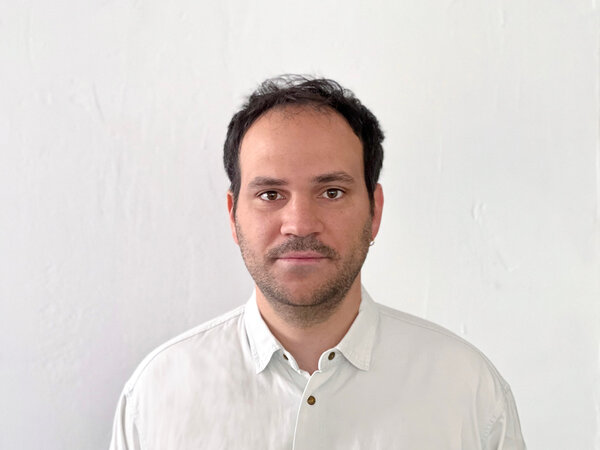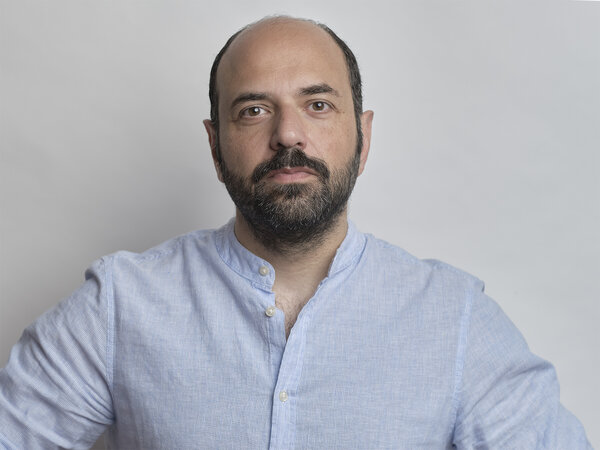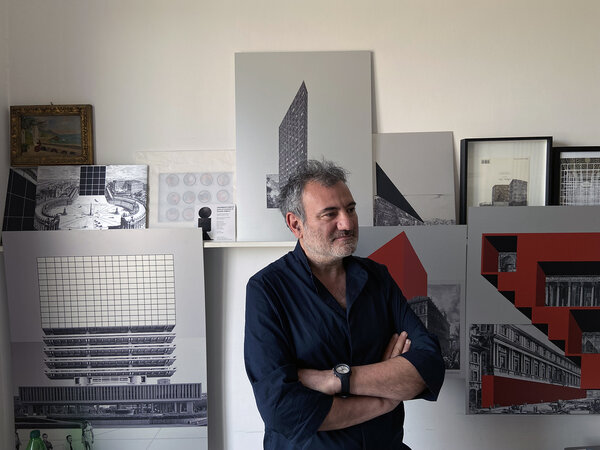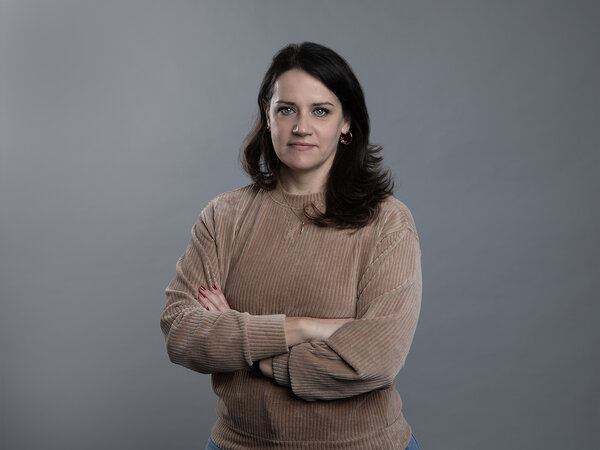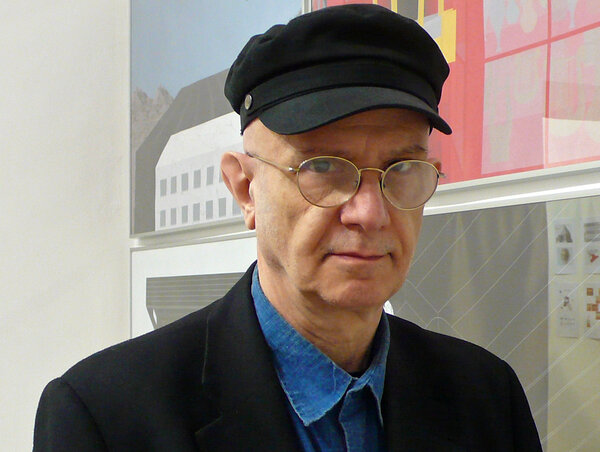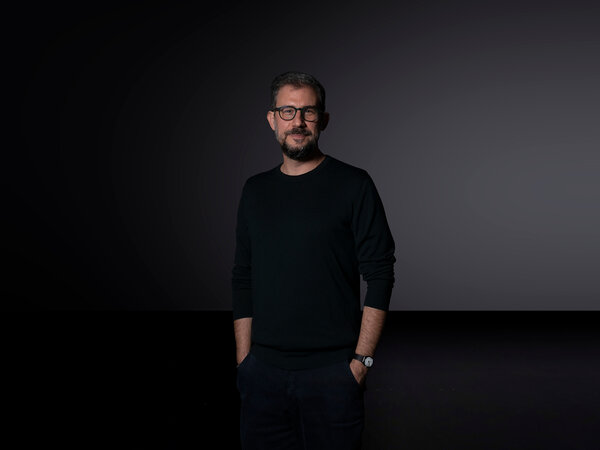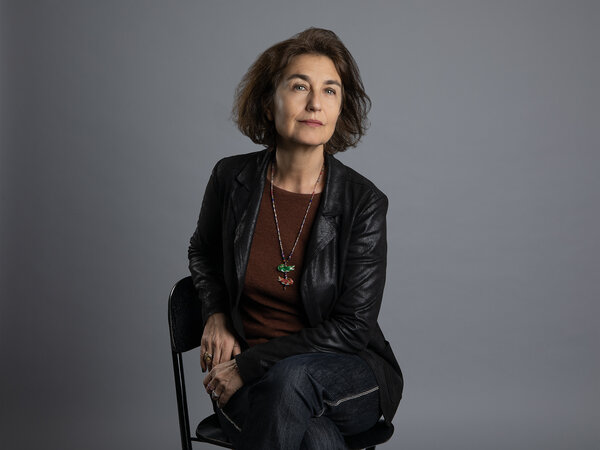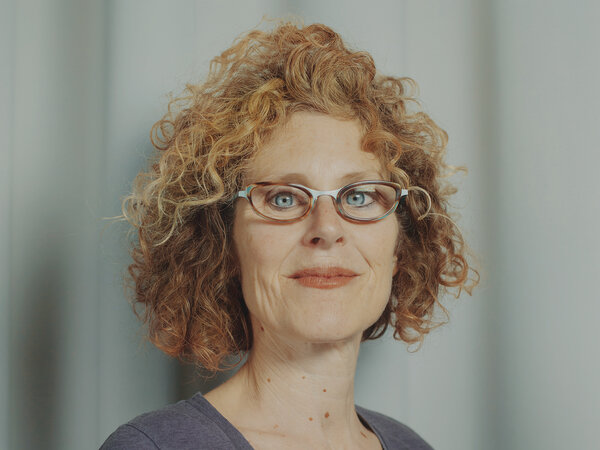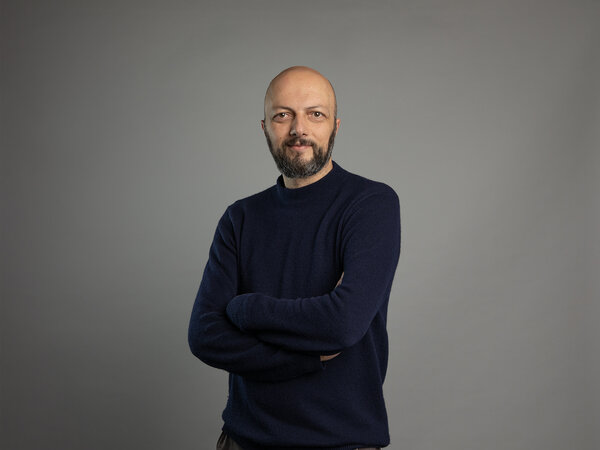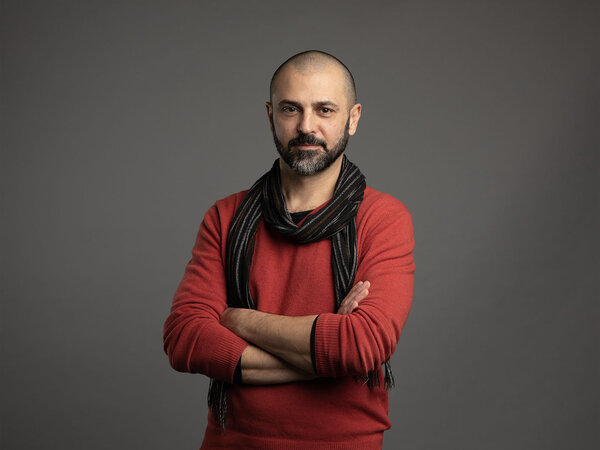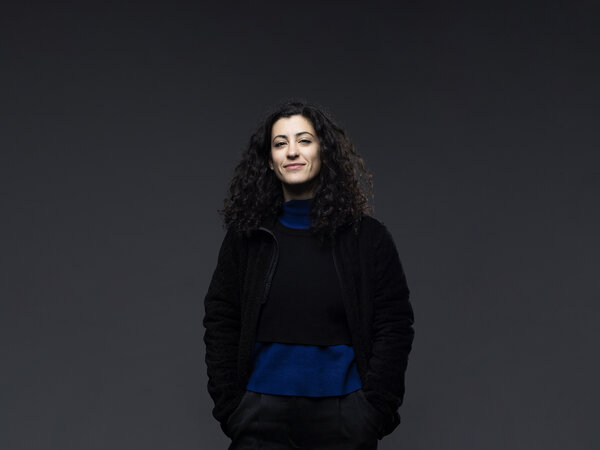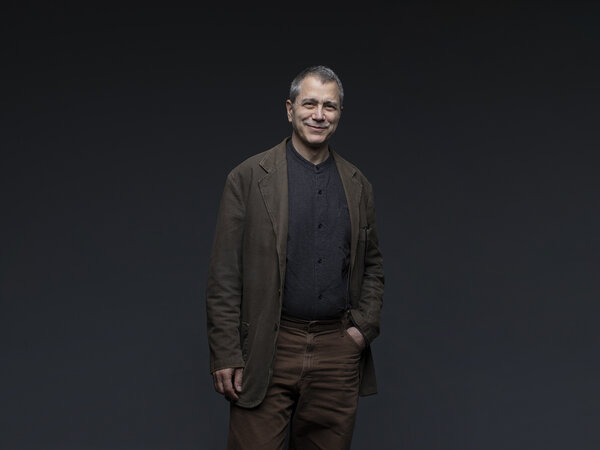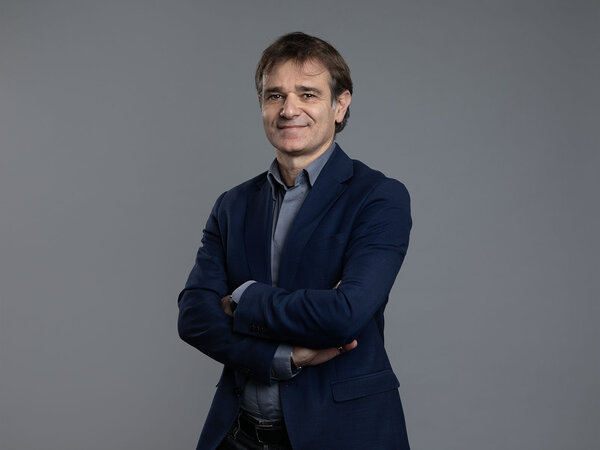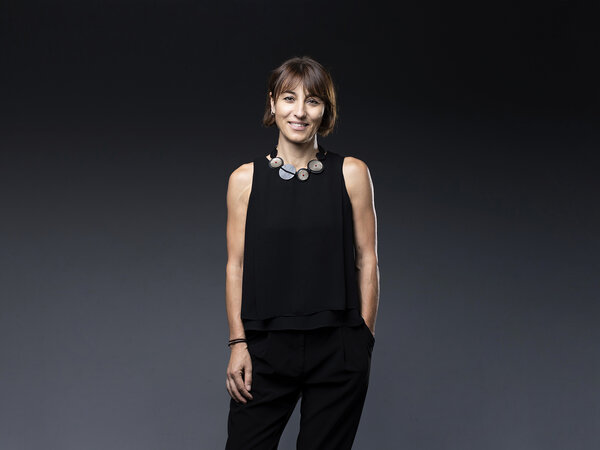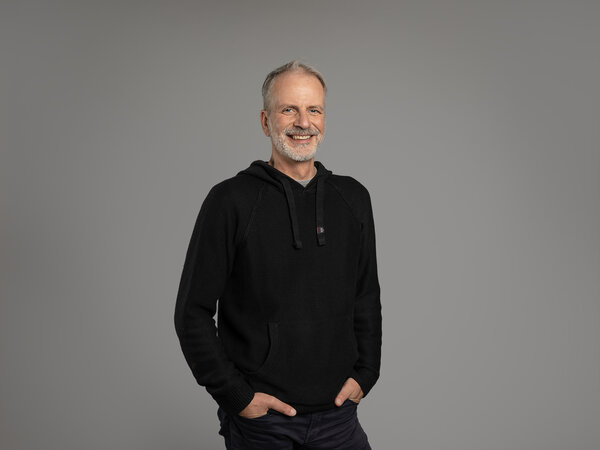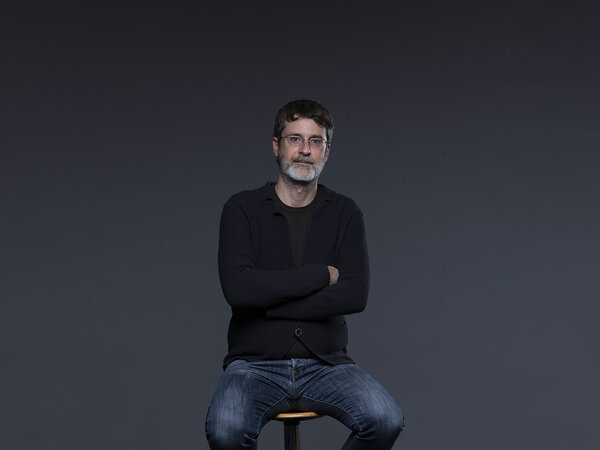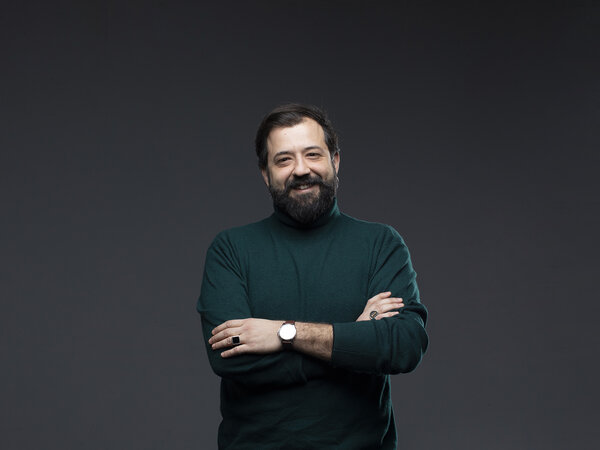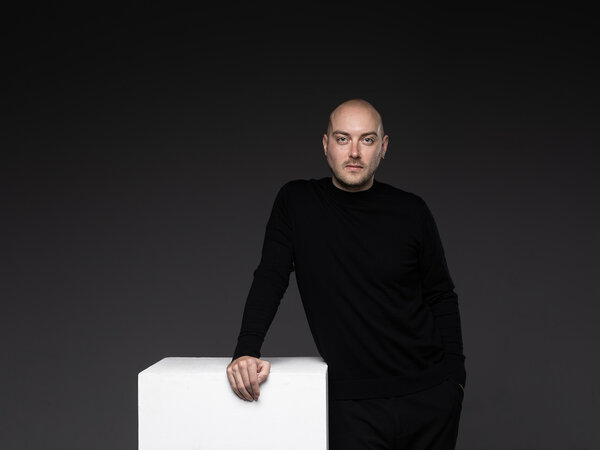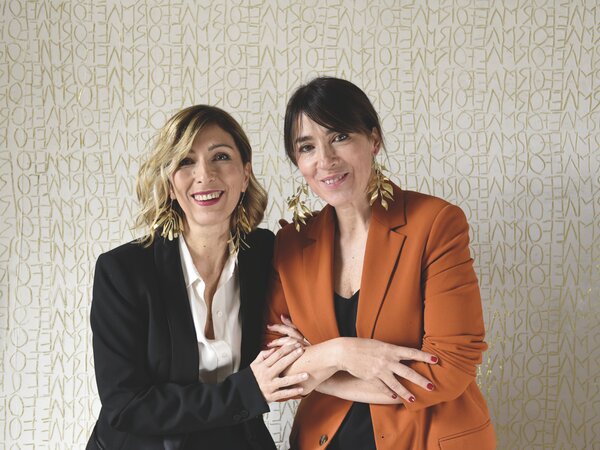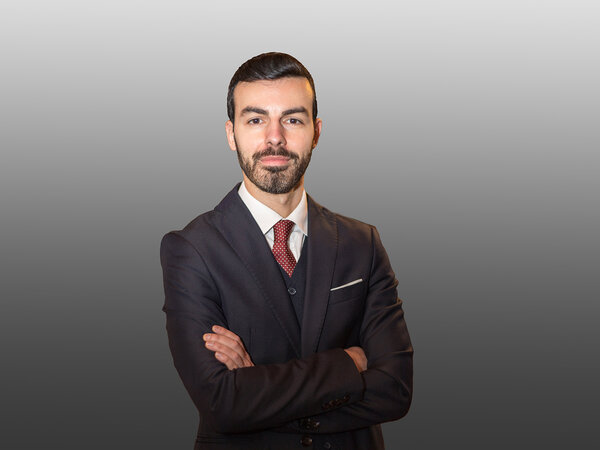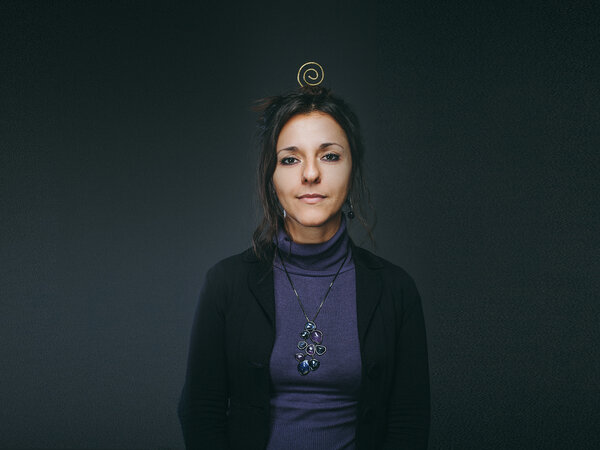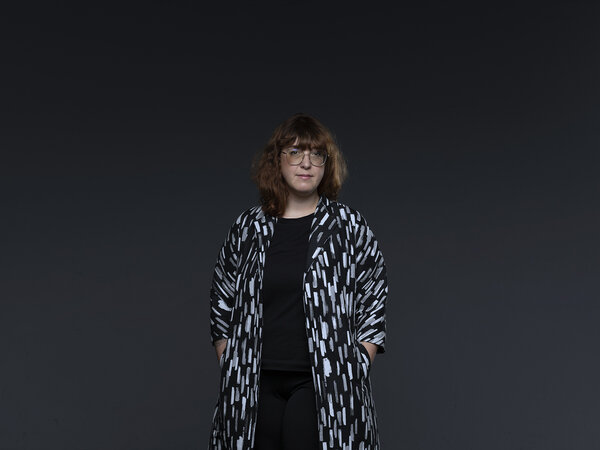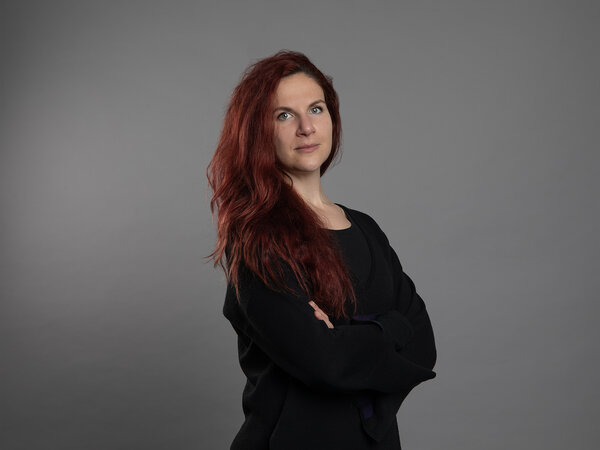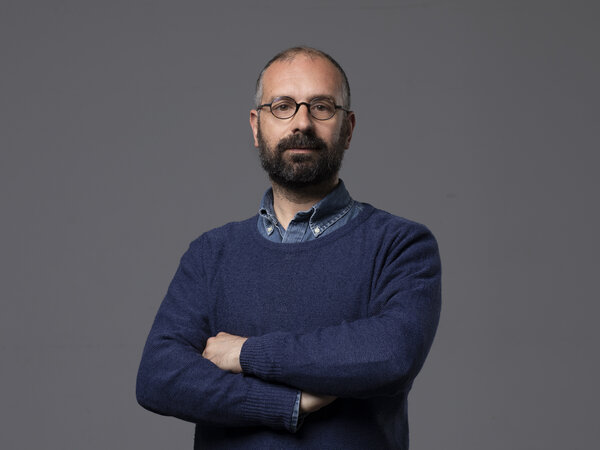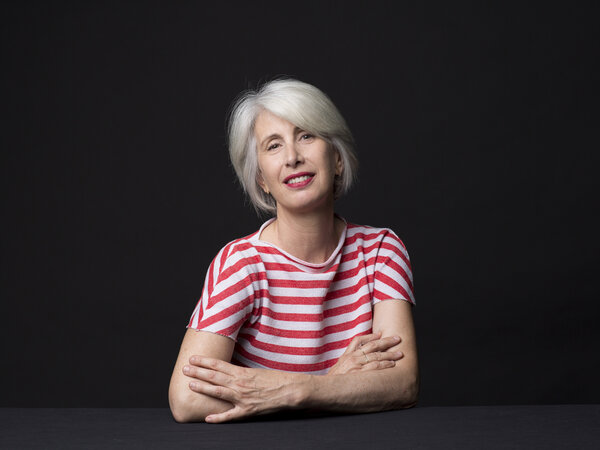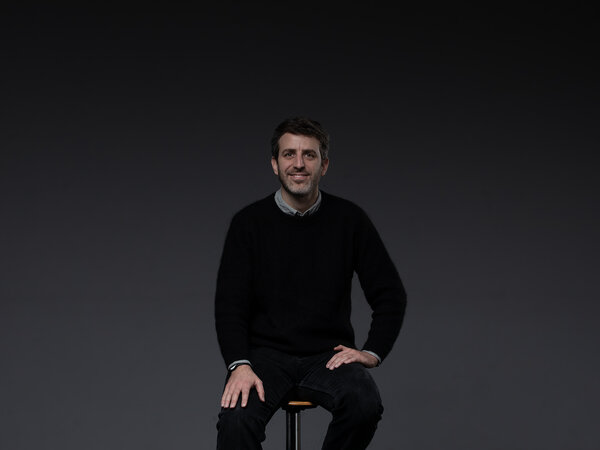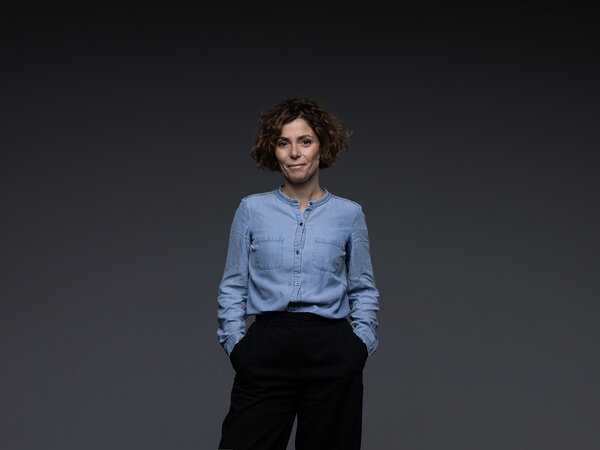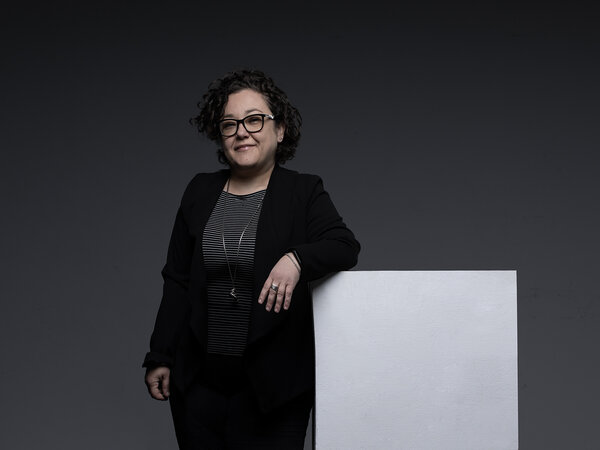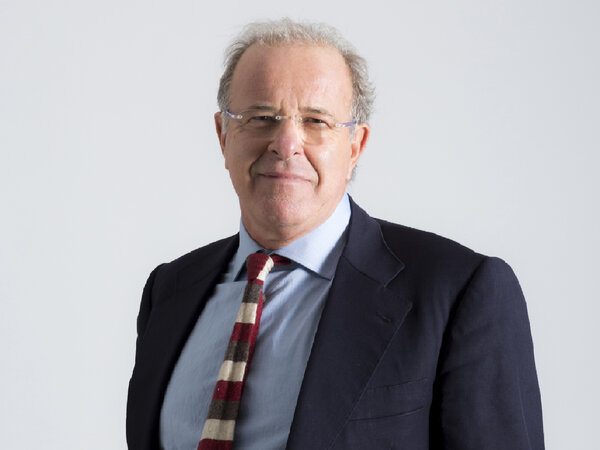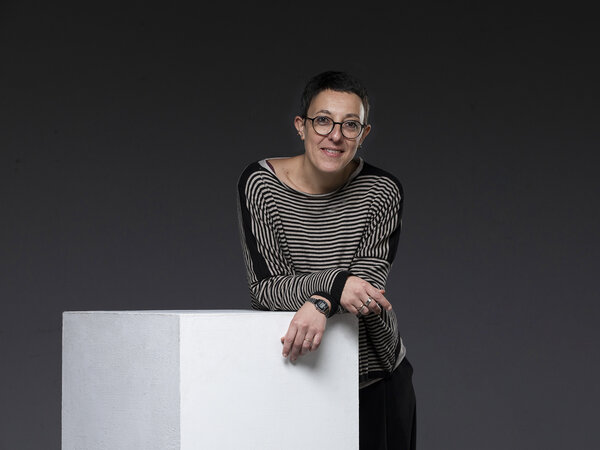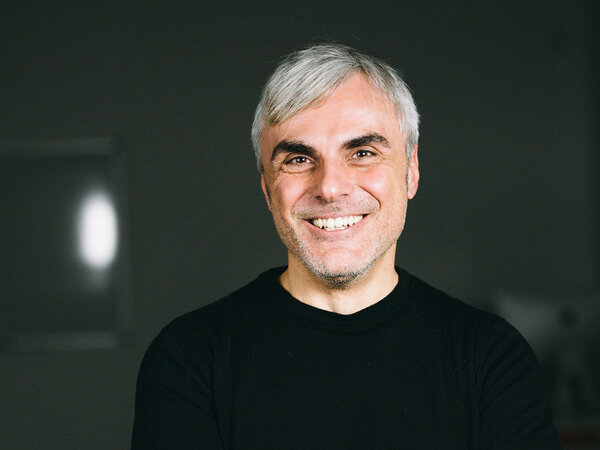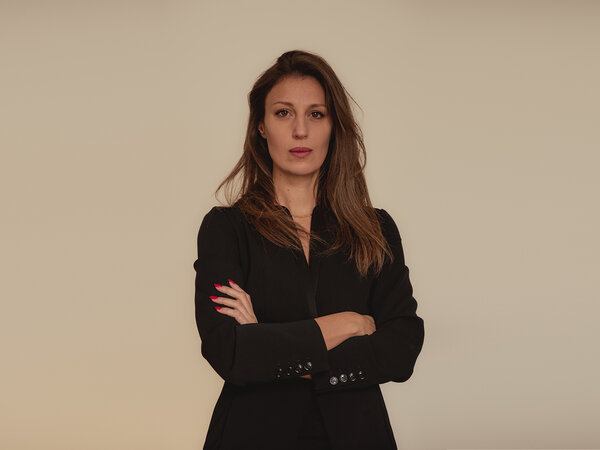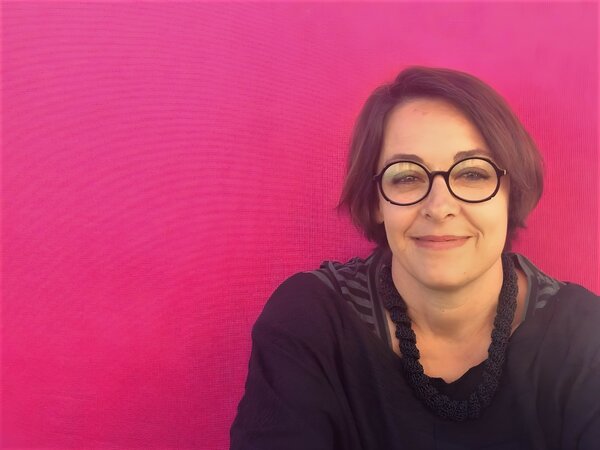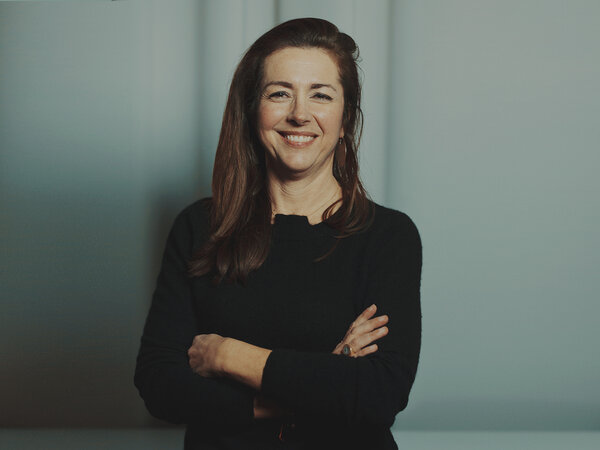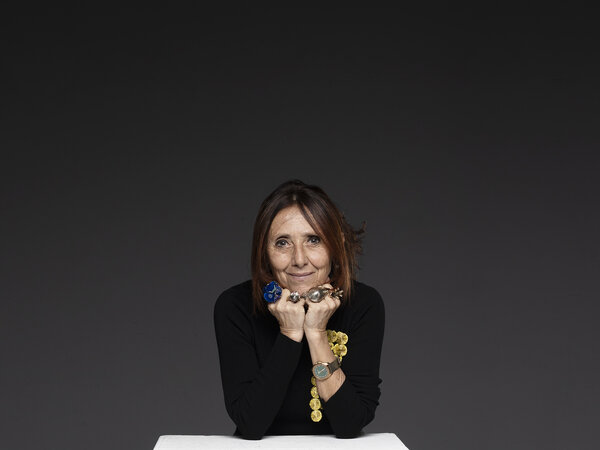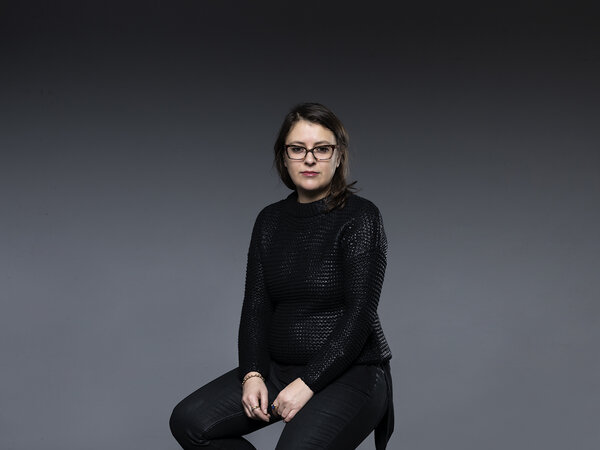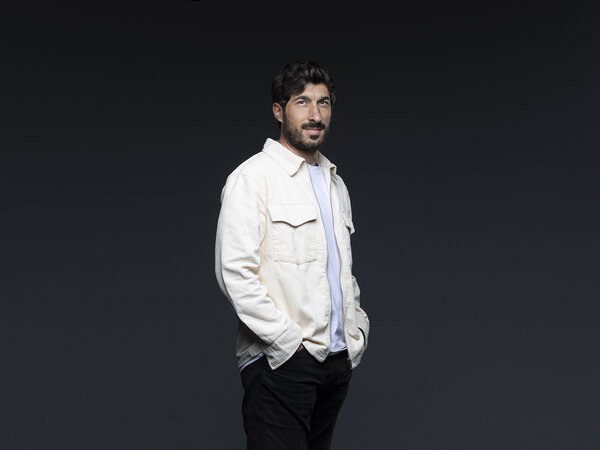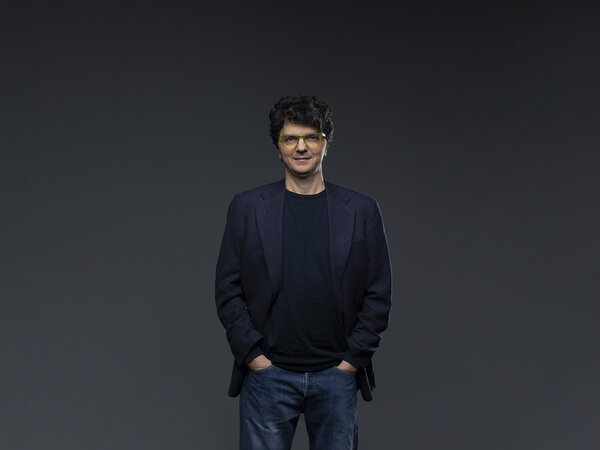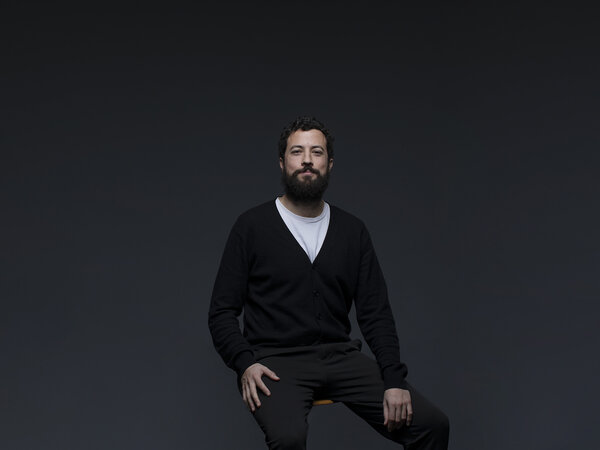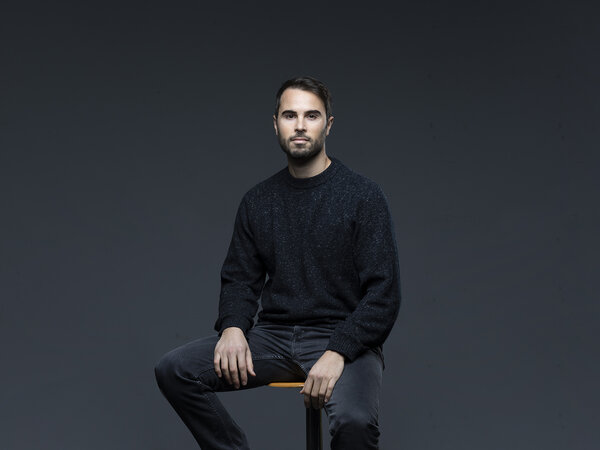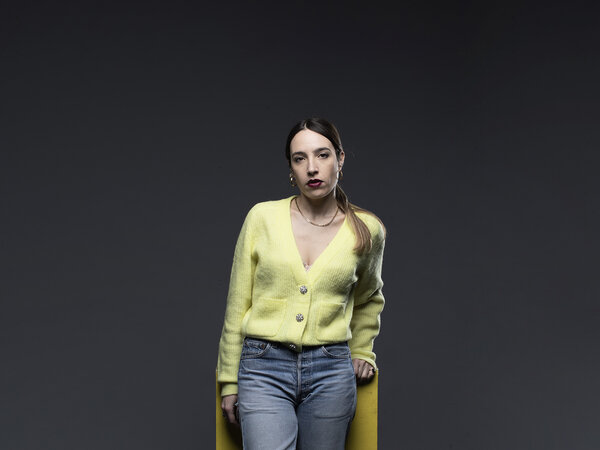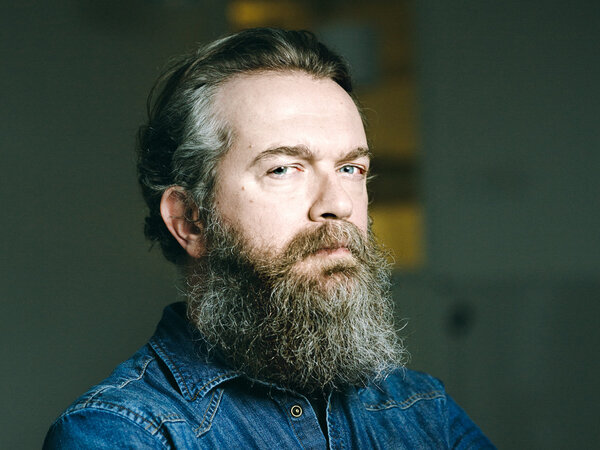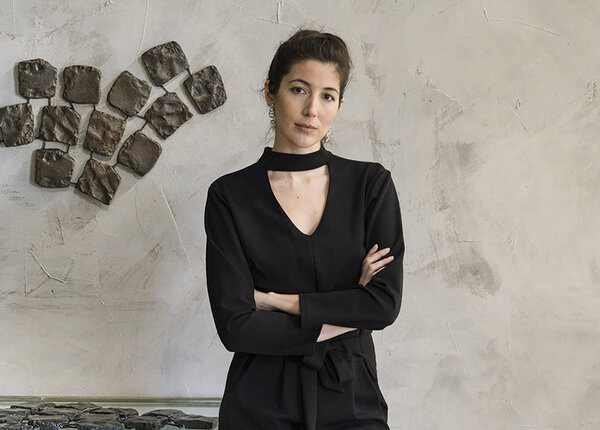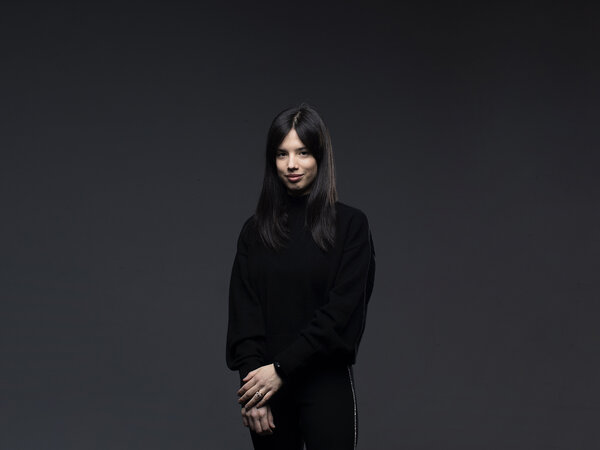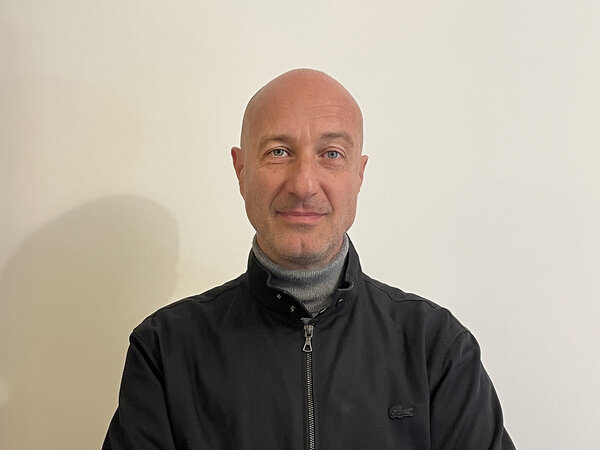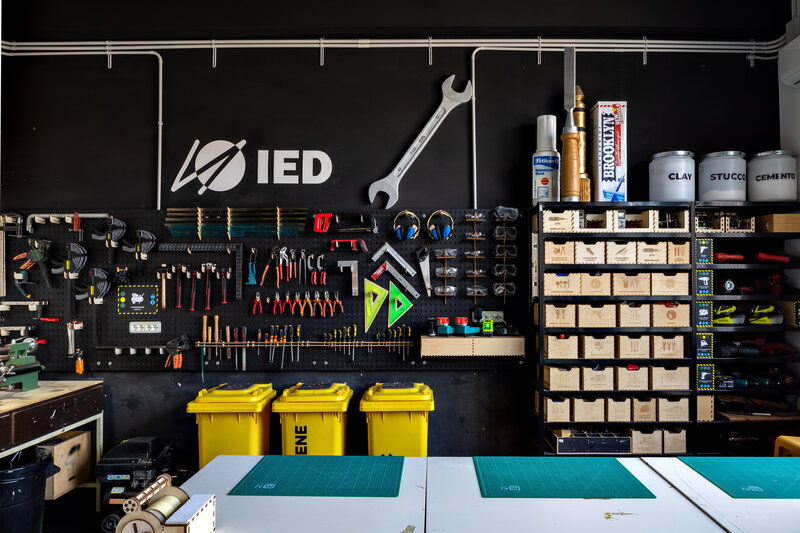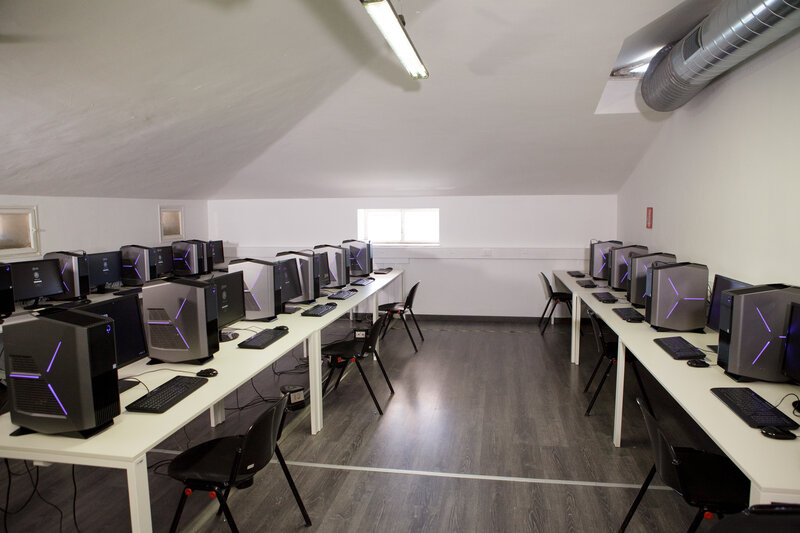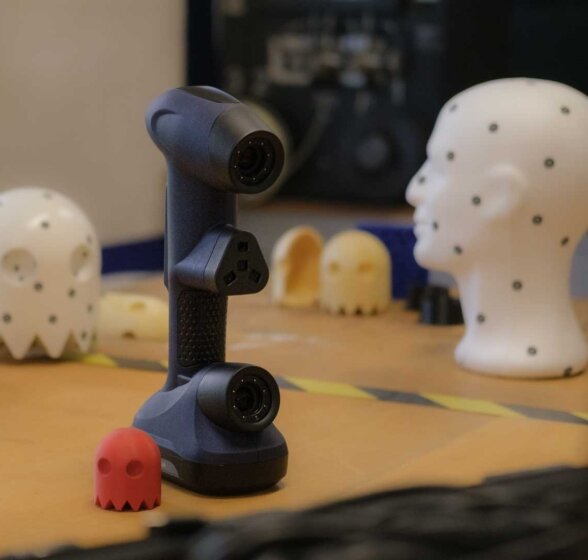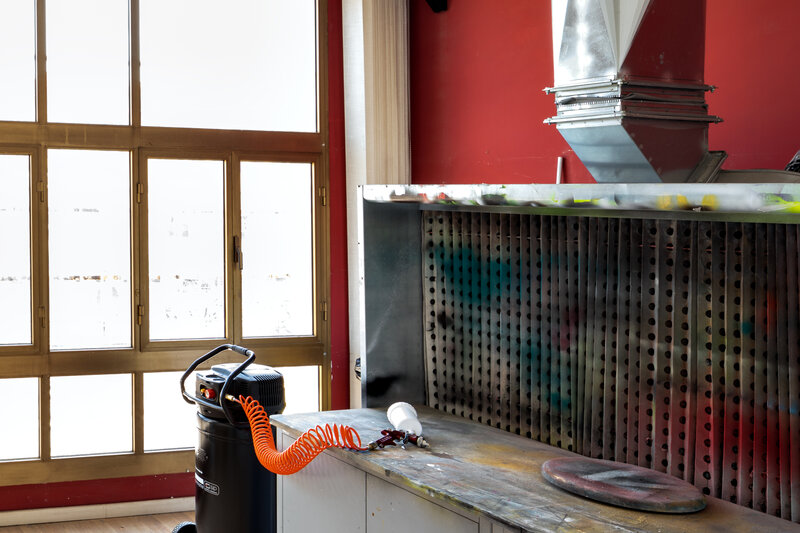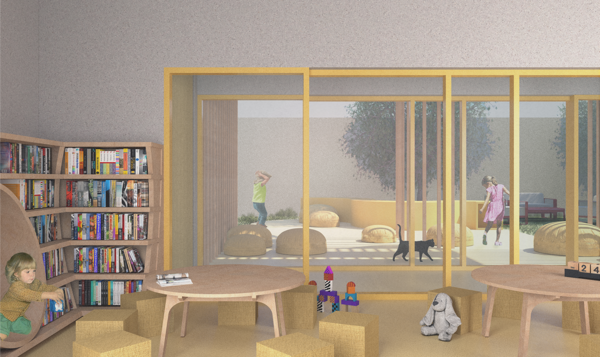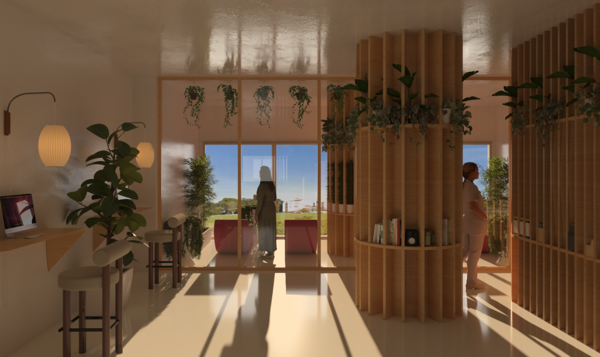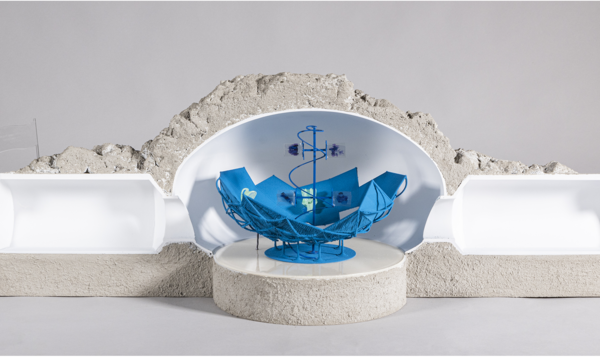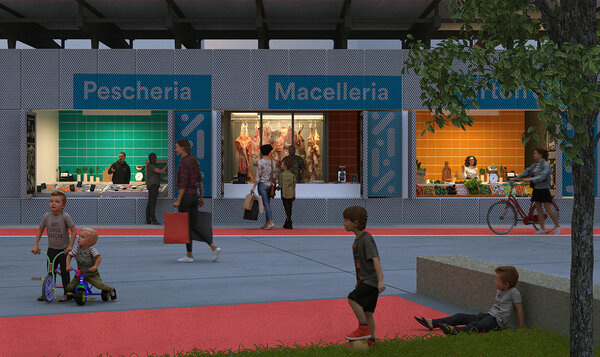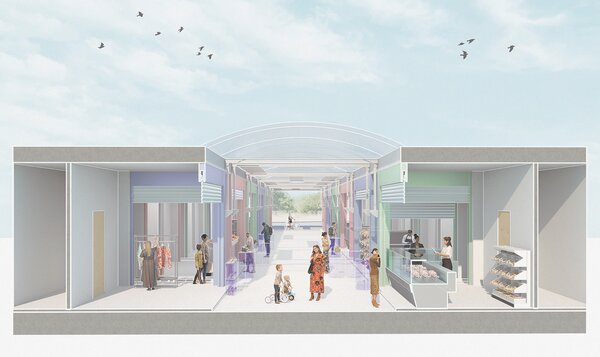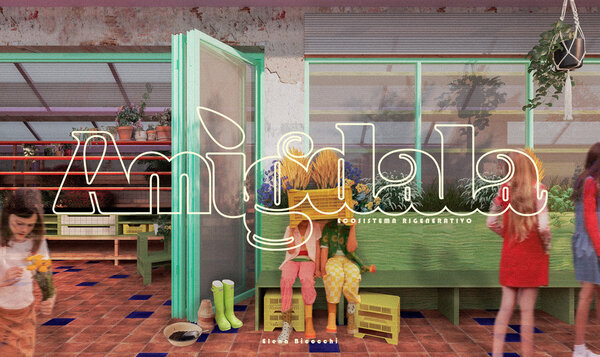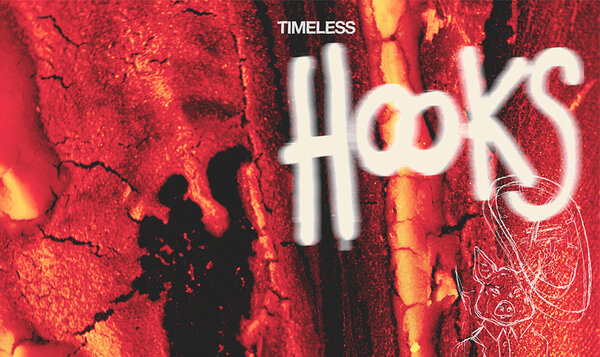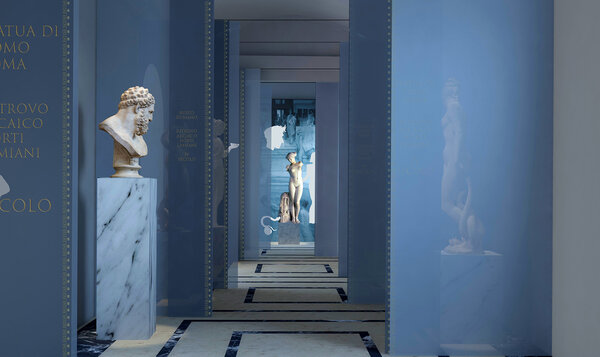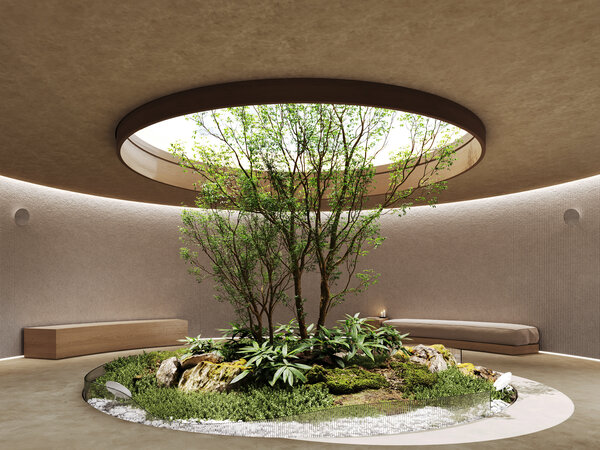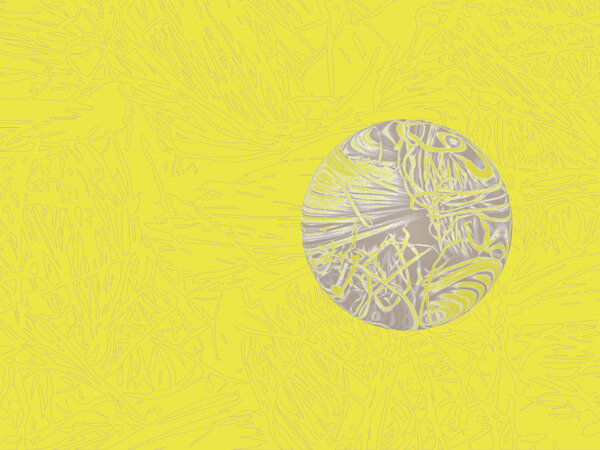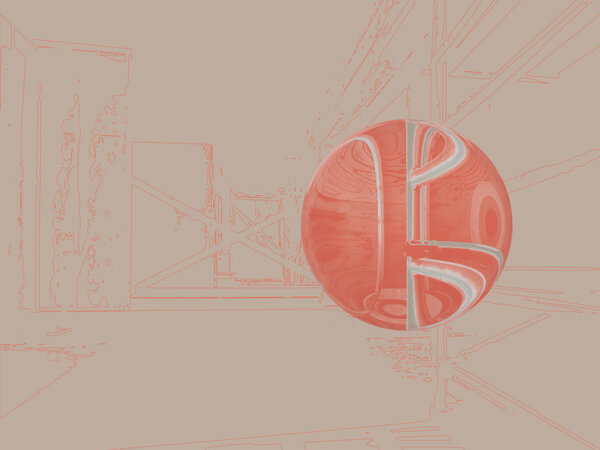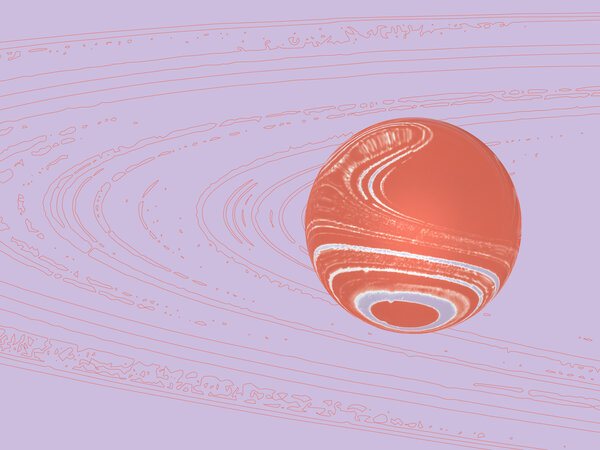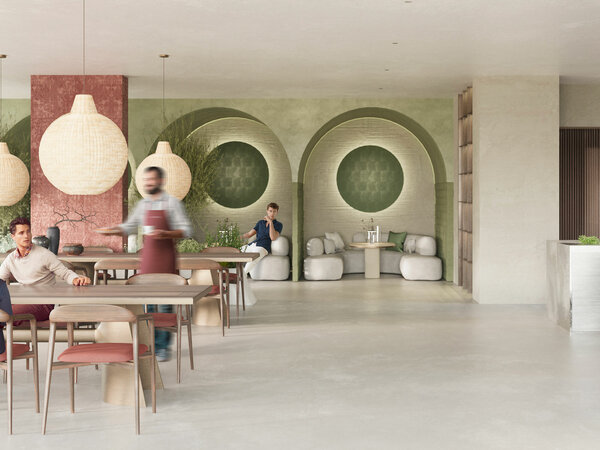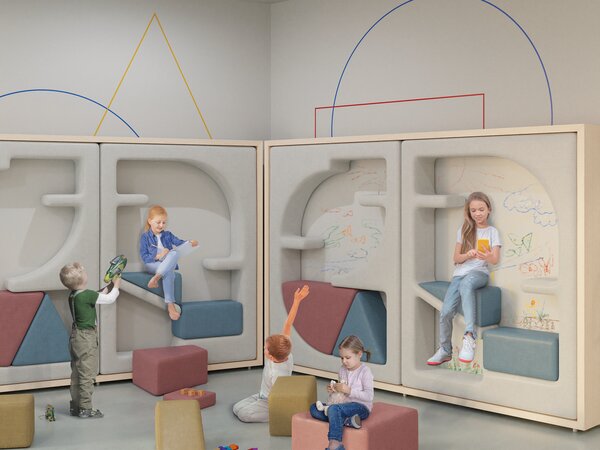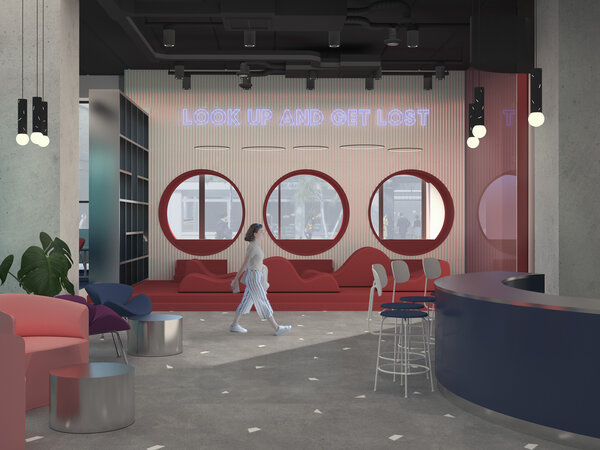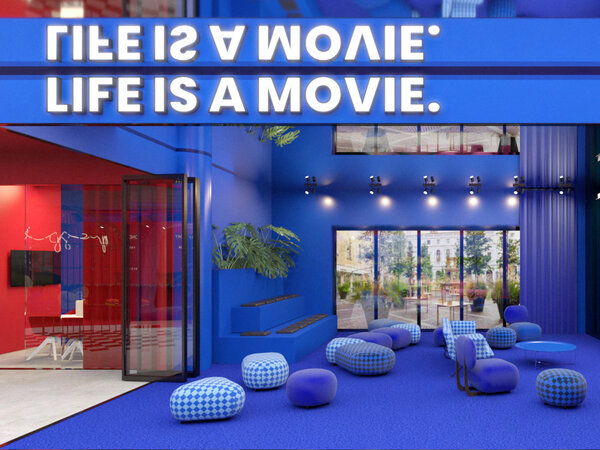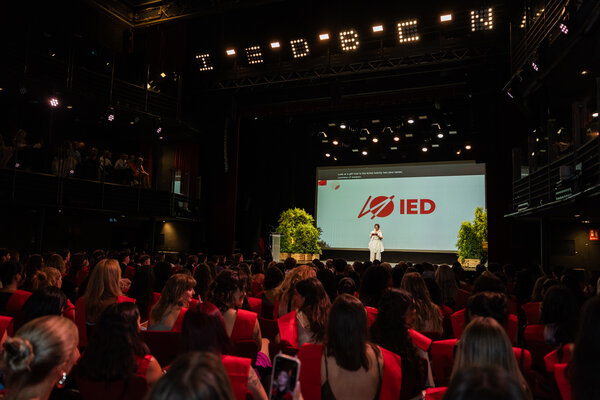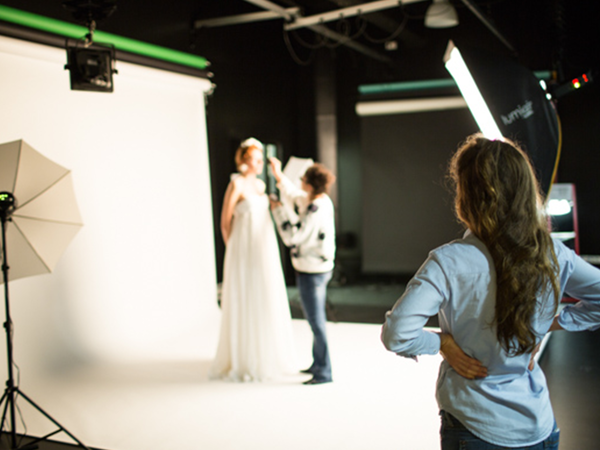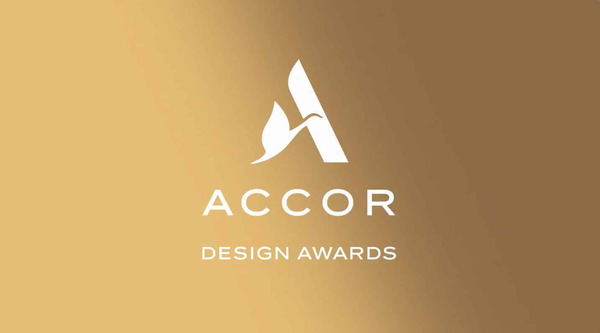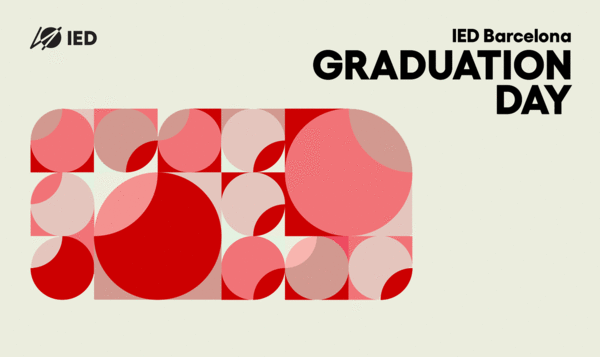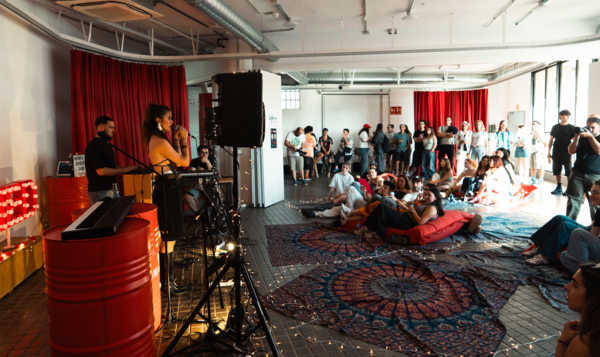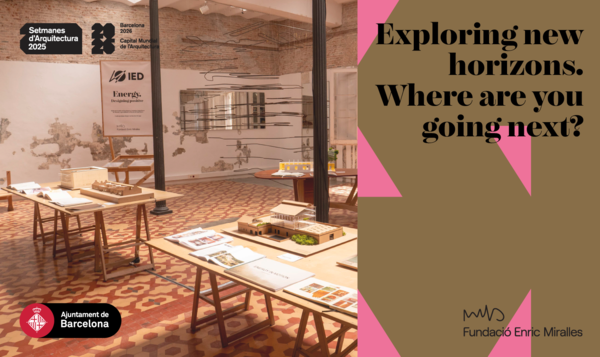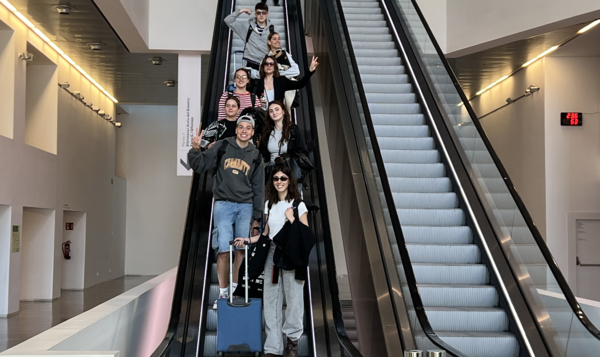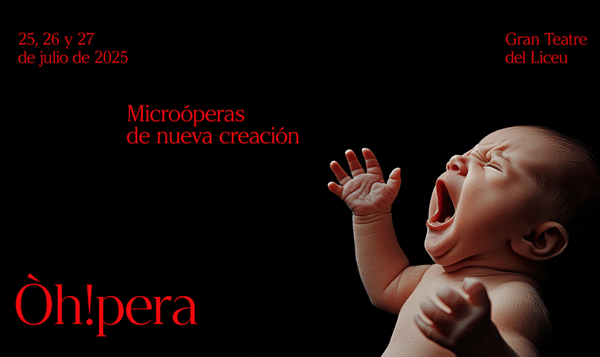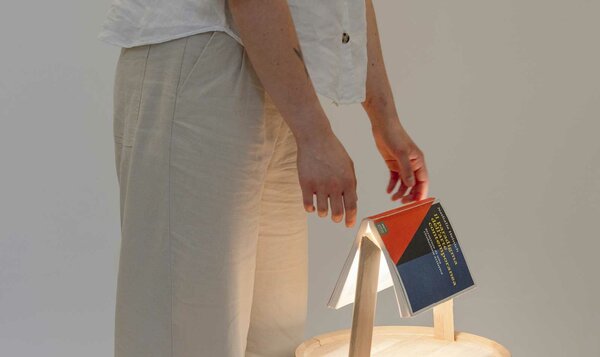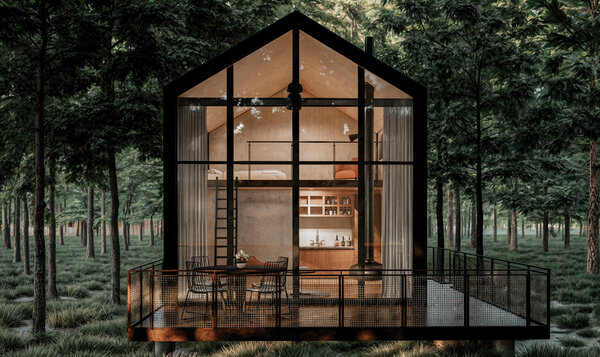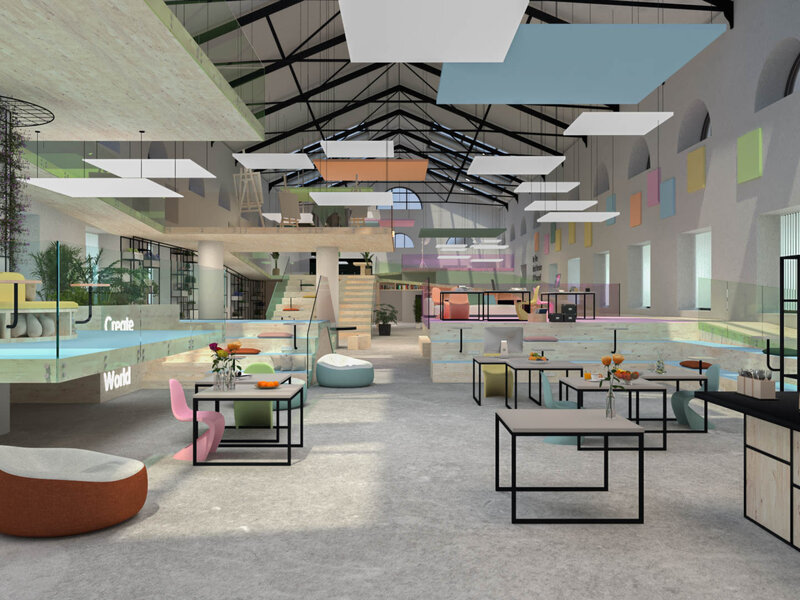
Interior Design
Learn how to design spaces of the future with a sustainable and inclusive approach
ITA
|
ENG
Language
Italian, English
Start date
October 2025
Frequency
Full time
Fruition
On campus
Duration
3 Years
Credits
180
Course Coordination
Marco Provinciali
With the Undergraduate programme in Interior Design at IED Rome, you will explore the concept of space from a new perspective, where technology, art and interior design are brought together
On your Undergraduate programme in Interior Design at IED Rome you will be working on some typical places of contemporary lifestyle such as offices, restaurants, bars and stores, museums or events, while also developing projects of interior design to create colourful and cosy home environments. Together we will imagine spaces where people live their own stories, bringing emotions and looking for comfort and well-being.
In three years you will learn how to build from scratch or refurbish a space, developing the typical skills of an Interior Designer. This is a key figure in modern society, skilled to interpret how things are constantly evolving in terms of functions, services, aesthetic qualities and relationships.
Issued Degree:
Diploma Accademico di Primo Livello, corresponding to a Bachelor of Arts Degree (BA) – EQF6 Level (European Qualification Framework).
Credits:
The course awards 180 CFA (Academic Formative Credits), corresponding to 180 ECTS (European Credit Transfer and Accumulation System).
Information to decide
Learn how to design and create beautiful, safe and comfortable spaces that can accommodate any lifestyle, activity or human relationship. Give a fresh look to the thousand atmospheres around the magnificent laboratory of the city of Rome, designing a whole new dimension for a change towards a more sustainable and inclusive future.
The Undergraduate programme in Interior Design at IED Rome develops cross-cutting skills as it helps students acquire a strategic vision of their careers based on a strong project-based approach. After three years you will acquire technical skills, aesthetic awareness, creative know-how and a working method known as Design Thinking, which is based on the idea that the target group of a design project should always be at the core.
This course is intended to develop a deep cultural understanding of the historical context. It also aims to encourage curiosity in exploring new project design options through the use of technology labs. By the same token, the use of materials, colours, finishes, shapes and technologies and the ability to communicate a project and render the space in both digital and traditional formats are also key.
The practical and laboratory-based approach of the Undergraduate programme in Interior Design is central: you will have the opportunity to further enhance your knowledge of software or digital prototyping technologies, thus being able to design spaces in a more powerful way, using a variety of projects and applications that will help you feel more confident while creating.
The Undergraduate programme in Interior Design at IED Rome is designed for all those who have a strong curiosity and interest in improving the spaces where people live, designing safe, practical, beautiful and environmentally friendly indoor spaces. This programme is not just an answer to the question: “what is the story behind an everyday setting?” but rather it prompts questions in anyone who enjoys looking around all the time, asking questions about why things are the way they are.
It is intended for all those who want to explore design topics, concepts and the role of light and furnishings, while also paying close attention to environmental issues. To join this programme we do not require any prerequisites: it could be your first time drawing with a pencil or with the latest digital representation technologies, you may have classical studies behind you or start from scratch with no prior project design background. The key factor will be your curiosity.
This way you will discover a variety of career perspectives beyond the common understanding of what an Interior Designer does. You will become familiar with some new professional roles, ranging from Exhibit and Cultural Designer, to Retail Designer, Hospitality Designer, Personal Designer or Concept Designer.
One of the main reasons to take the Interior Design Undergraduate Programme at IED Rome is that you have a strong interest in project sustainability: your aim is indeed to create spaces specifically designed for the people and the planet we live on. This is the baseline we will build on to design experiences that bring spaces and services together, with people getting involved in inspiring stories.
With its thousand-year-old multifaceted history, Rome is like an open-air classroom where tradition and contemporary life come together to create a unique environment. You will feel inspired when creating, and the environment around you will open your eyes to the future. Indeed, the approach to Interior Design at IED Rome focuses on such areas as cultural heritage and tourism, both of which have made Rome recognised and envied worldwide.
Strong partnerships with such institutions as the National Museum of XXI Century Arts -also known as MAXXI-, the Capitoline Museums, the Lazio Regional Authority and the Municipality of Rome, but also close cooperation with firms like Enel, Poste Italiane, Faber and Venchi, will give you a great opportunity to work on real projects with real impact on your background and professional experience over the years.
This programme provides a deep insight into market trends and developments. You will acquire an in-depth understanding of the whole process of project design, using our laboratories (FabLab and Model Making Lab) where 3D scanners, 3D printers and laser cutting machines are available to assist you in rendering and presenting your work.
The main software you will need during your course is provided by IED!
On this page you will find all the features you need for your computer.
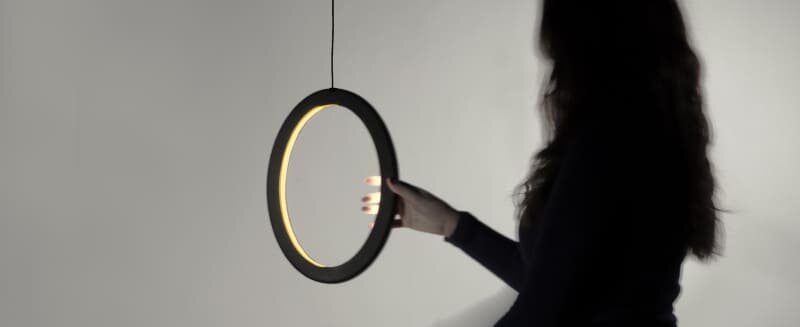
Syllabus
first year
The Interior Design Undergraduate Programme at IED Rome starts with a preparatory year, where you will be given a basic training to become familiar with cultural references and project design methodology. You will learn to draw both freehand and with the use of CAD tools. You will build models using simple materials, then with advanced tools such as 3D printers and laser cutting machines.
HISTORY OF CONTEMPORARY ART
DESIGN HISTORY 1
PROJECT DESIGN METHODOLOGY
MATERIALS TYPOLOGY 1
TECHNICAL AND PROJECT DESIGN
MODELLING 1
GRAPHIC DESIGN
DESIGN 1
THEORY OF PERCEPTION AND PSYCHOLOGY OF FORM
PHOTOGRAPHY
second year
During your second year you will acquire a deeper understanding of project design. You will get an insight into three-dimensional modelling and photorealistic image production. This will be the year where you will be consolidating your project design approach across all its phases.
MATERIALS TYPOLOGY 2
DESIGN TECHNIQUES AND TECHNOLOGIES
MODELLING 2
HISTORY OF CONTEMPORARY ARCHITECTURE 1
DESIGN 2
PRODUCT DESIGN
DIGITAL MODELLING TECHNIQUES WITH 3D RENDERING
SOCIOLOGY OF CULTURAL PROCESSES
HISTORY OF CONTEMPORARY ARCHITECTURE 2
DESIGN MANAGEMENT
third year
During your third year you will be able to work independently with your own creativity. You will get a chance to use the latest simulation and interaction technologies applied to design, working on real-life projects with different companies, institutions and leading brand names. Your career path will eventually be completed by a dissertation project. This will be a great opportunity for you to test your ability to work independently and apply your strategic vision of interior design.
DESIGN 3
VIRTUAL ARCHITECTURE
PHENOMENOLOGY OF CONTEMPORARY ARTS
CULTURAL ANTHROPOLOGY
LAYOUT AND GRAPHIC RENDERING TECHNIQUES
DESIGN 4
Faculty
Inside the labs
Projects
What people say
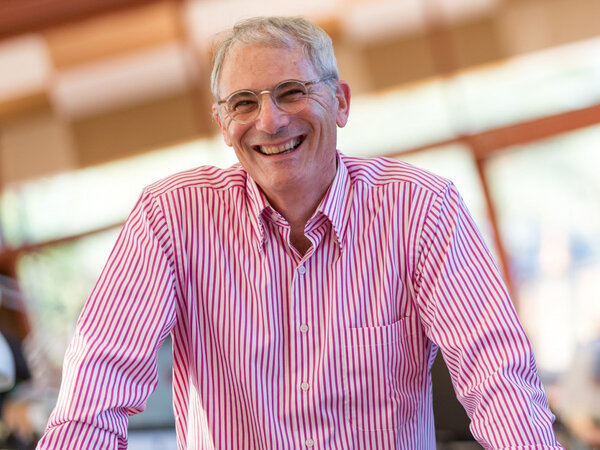
Special lesson with Aaron Betsky
“Wouldn’t you much rather go exploring and find the incredible possibilities that exist in this huge all around us and figure out how to reimagine the world. That, I hope, is my challenge to you”.
Critic of art, architecture, and design. President of the School of Architecture at Taliesin.
